Within the wild realms of nature, big cats have emerged as some of the most efficient and awe-inspiring predators on the planet. Equipped with a mesmerizing blend of grace, stealth, and power, these majestic creatures have mastered the art of hunting. Each species of big cat, in its own environment, showcases unique adaptations that allow them to hunt with extraordinary proficiency. Join us as we delve into the fascinating world of big cats and explore the impressive adaptations that make them such successful hunters.
Lion: The Cooperative Hunter
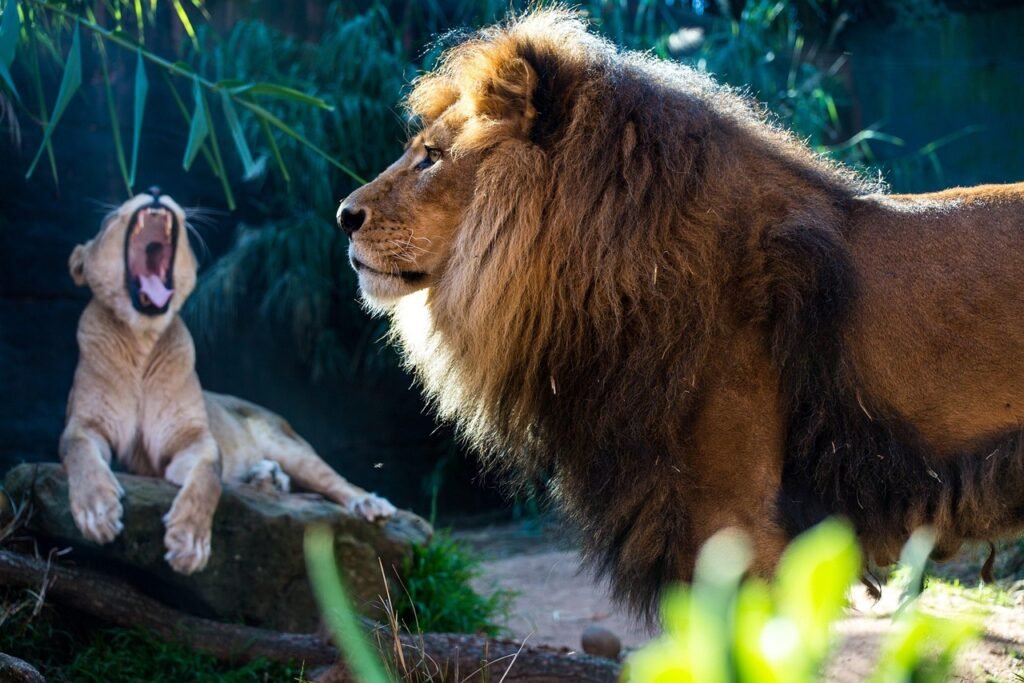
Unlike other big cats, lions are known for their social structure, which plays a crucial role in their hunting strategy. Living in prides, they utilize teamwork to take down large prey. Lionesses, who typically do most of the hunting, work in groups to strategically encircle and ambush their target. This cooperative hunting method allows them to tackle prey much larger than themselves, such as wildebeests and zebras.
Tiger: The Master of Stealth
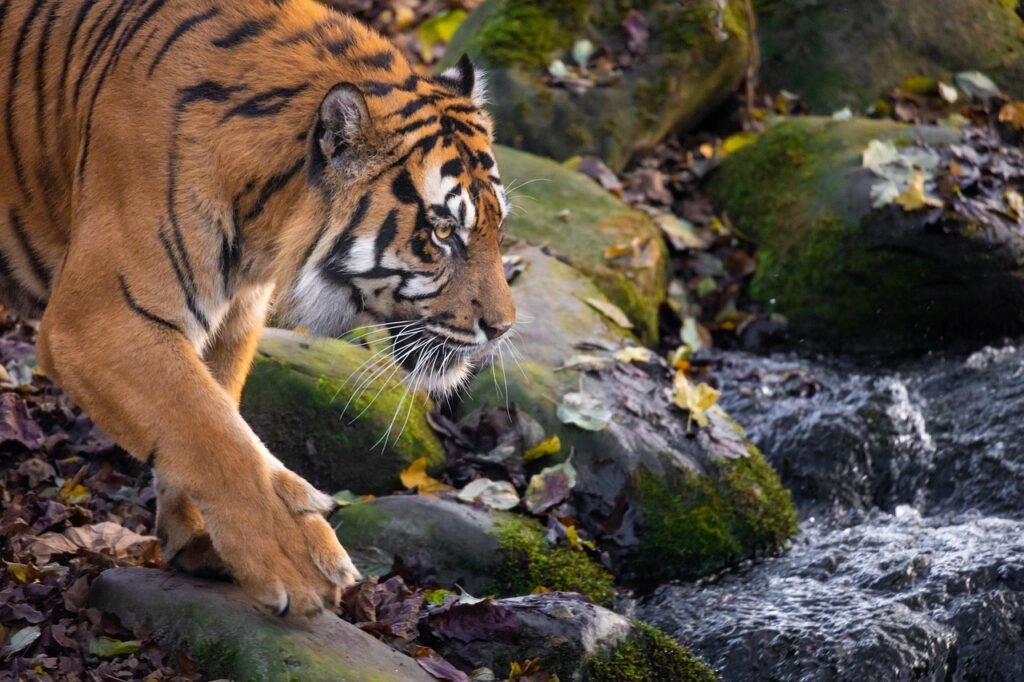
Tigers are solitary hunters, relying on their immense strength and stealth. Their beautifully striped coats provide excellent camouflage in the dense forests and grasslands they inhabit. This allows them to approach their prey closely before launching a powerful surprise attack. Additionally, tigers possess incredibly strong jaws and sharp canines, which are essential for gripping and subduing their prey swiftly.
Leopard: The Agile Ambush Predator
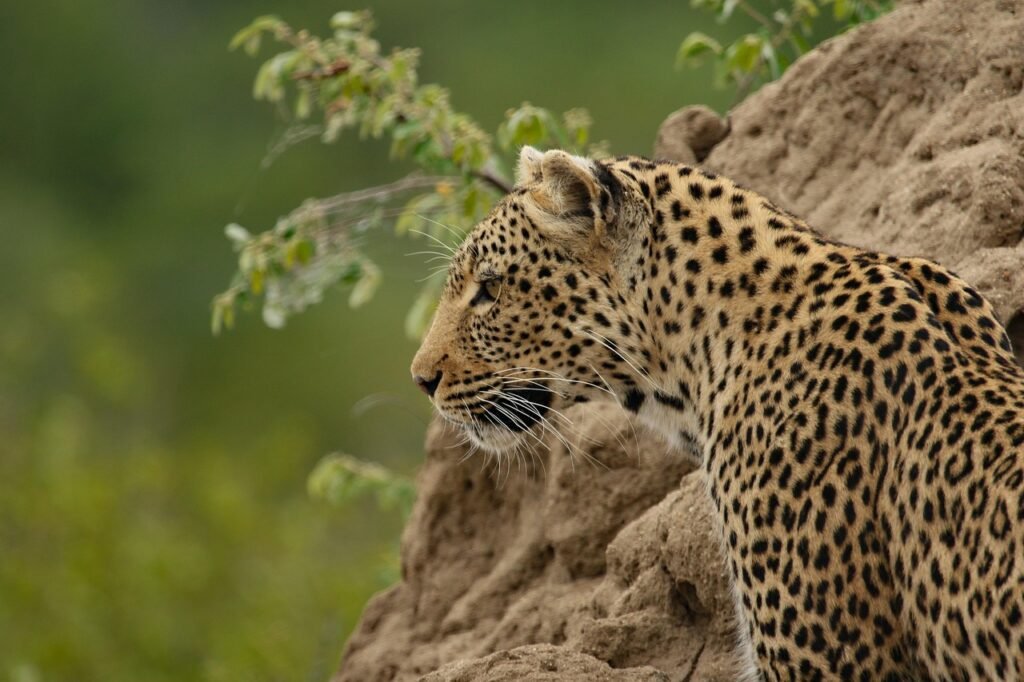
Leopards are remarkably adaptable hunters, capable of thriving in various environments from savannas to rainforests. Their hunting technique relies on stealth and agility. With superb climbing skills, leopards often drag their kills into trees to keep them safe from scavengers. This arboreal habit not only protects their meals but also provides them a strategic vantage point for hunting.
Cheetah: The Sprint Specialist
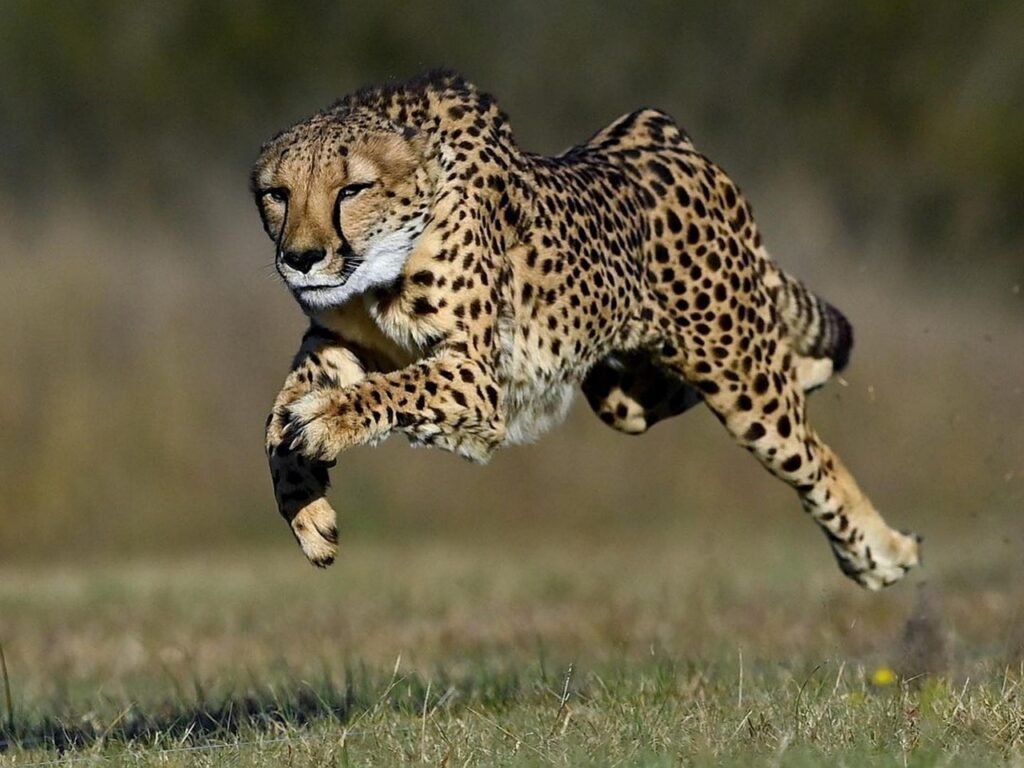
Cheetahs are renowned for their unparalleled speed, making them the fastest land animals. With a top speed of around 60 to 70 miles per hour, they can outrun virtually any prey. Their lightweight build, long legs, and enlarged adrenal glands are evolutionary adaptations that enhance their acceleration. Cheetahs rely on this remarkable speed for short bursts to close in on prey in open terrain swiftly.
Jaguar: The Powerful Swimmer
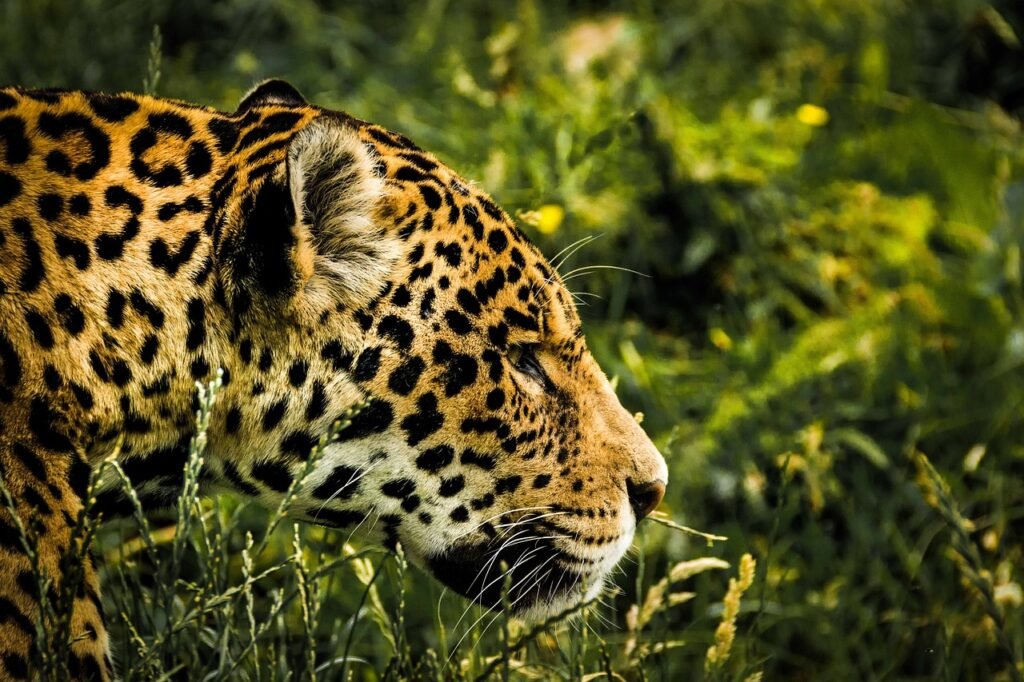
Jaguars have a unique affinity for water, making them adept swimmers among big cats. In the Amazon rainforest, they hunt a variety of prey, including fish, caimans, and capybaras. Their powerful build, along with strong jaw muscles, enables them to crush the skulls of their prey with a single bite. This, combined with their ability to navigate aquatic environments, sets them apart as versatile hunters.
Snow Leopard: The Mountain Stealth Operator
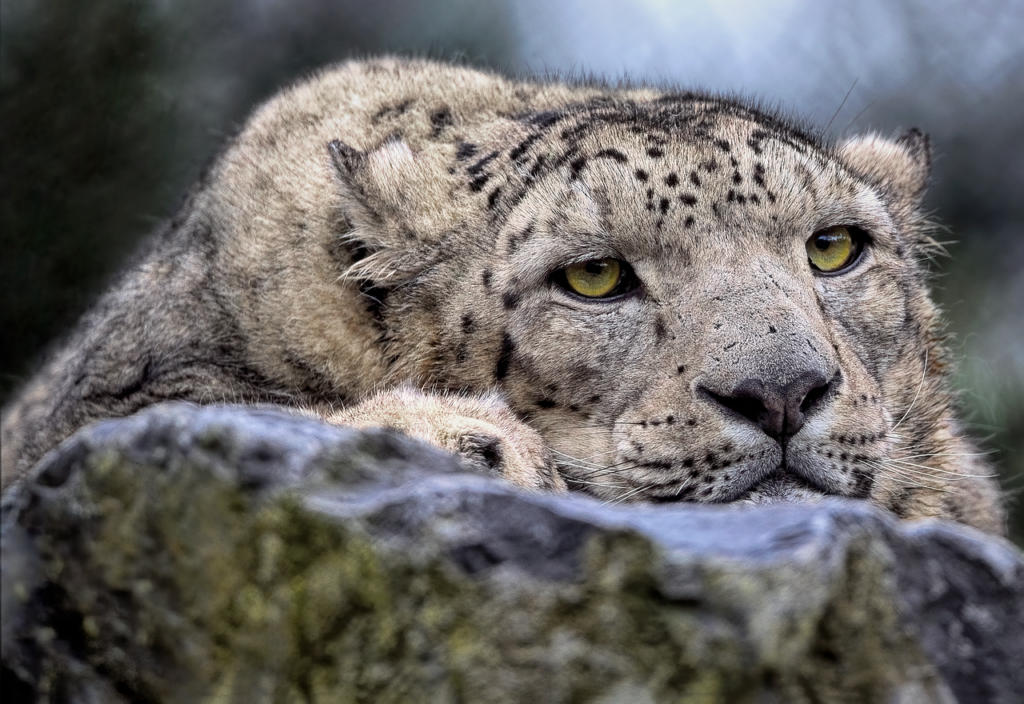
In the treacherous terrains of the Himalayas and Central Asia, snow leopards have evolved to hunt in extreme conditions. Their thick fur and padded paws keep them warm and steady on rocky inclines. Known for their agility, snow leopards can leap up to 50 feet in pursuit of mountain goats and sheep. Their tails, which are nearly as long as their bodies, provide them with balance and help navigate the rugged landscape.
Puma: The Silent Stalker
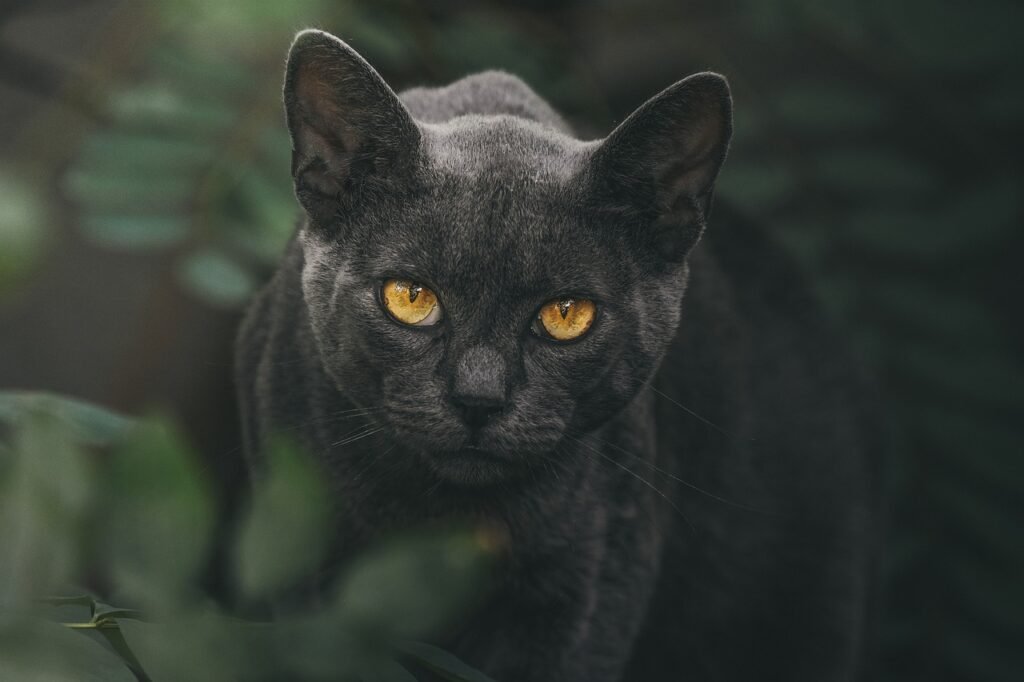
Also known as cougars or mountain lions, pumas are highly adaptable predators found across the Americas. They use their keen sense of hearing and acute eyesight to stalk their prey silently. Pumas prefer ambushing rather than chasing and possess strong hind legs, allowing them to pounce accurately and powerfully, often bringing down deer and other mammals much larger than themselves.
Clouded Leopard: The Forest Climber
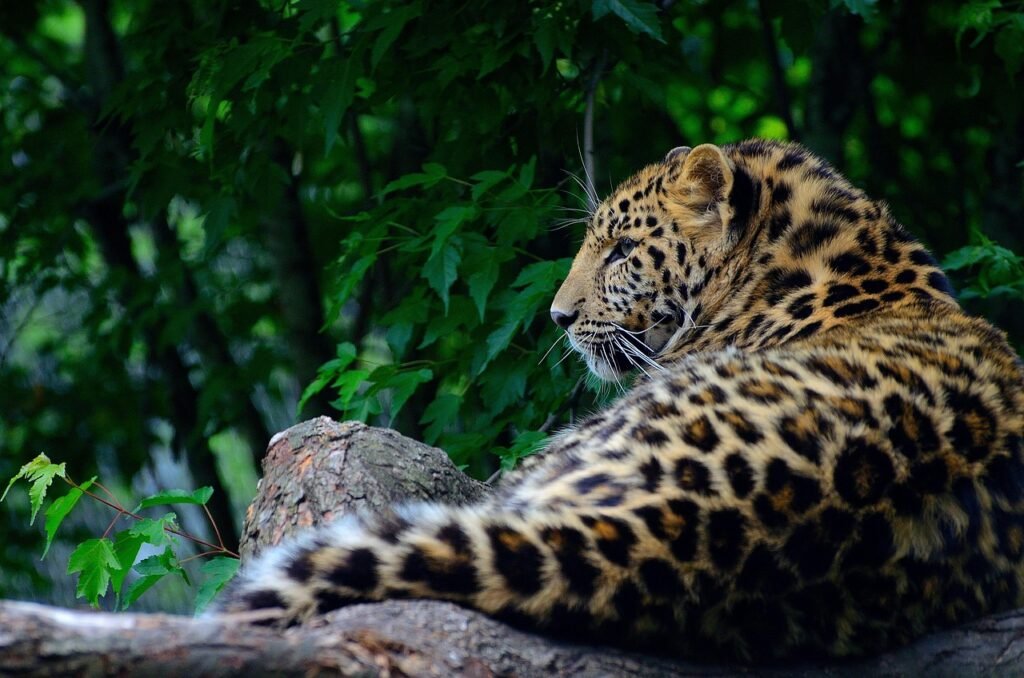
The clouded leopard is uniquely equipped for life in forested environments. Despite its medium size, it has proportionately the longest canine teeth of any living feline, allowing it to take down prey swiftly. Its short legs, large paws, and flexible ankle joints make it an exceptional climber. Clouded leopards use these adaptations to hunt arboreally, navigating through trees to ambush monkeys and birds.
In conclusion, these eight remarkable big cats showcase a fascinating array of adaptations that enhance their hunting abilities. From the cooperative strategies of lions to the swift sprints of cheetahs and the water prowess of jaguars, each species is finely tuned to excel in its natural habitat. The intricate balance between predator and prey drives the evolution of these stunning creatures, highlighting the complexity and beauty of the natural world.
Hi, I’m Bola, a passionate writer and creative strategist with a knack for crafting compelling content that educates, inspires, and connects. Over the years, I’ve honed my skills across various writing fields, including content creation, copywriting, online course development, and video scriptwriting.
When I’m not at my desk, you’ll find me exploring new ideas, reading books, or brainstorming creative ways to solve challenges. I believe that words have the power to transform, and I’m here to help you leverage that power for success.
Thanks for stopping by, Keep coming to this website to checkout new articles form me. You’d always love it!






